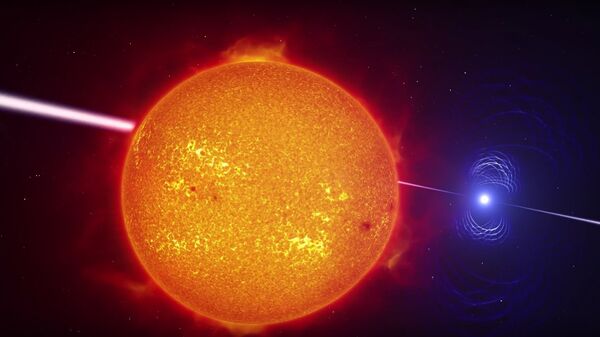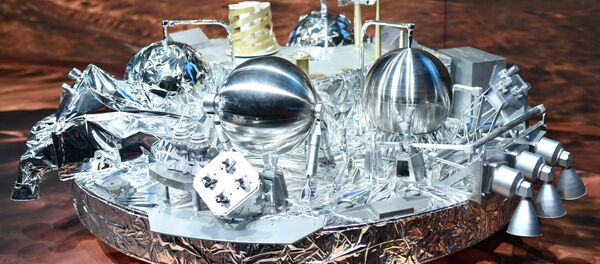In 2006, University of Florida astronomy professor Jian Ge and post-doctoral fellow Bo Ma, with the help of the planet-hunting W. M. Keck Exoplanet Tracker telescope, spotted a system, dubbed HD 87646, so bizarre that it took eight years to confirm the discovery.
In the case of HD 87646, the larger star has two mighty celestial bodies in orbit. One of the companions is a "giant planet," dubbed MARVELS-7a, which is 12 times the mass of Jupiter. The other is a failed star, or brown dwarf, called MARVELS-7b, and is a whopping 57 times the mass of Jupiter.
The existence of this type of system casts doubt on what astrophysicists know about the birth of star systems, primarily because the objects in HD 87646 are too close to each other. The distance between the primary and the secondary stars is only 22 astronomical units (AU), an AU being the distance from our Earth to our Sun, and the two giant companions orbit the primary star at a distance of only about 0.1 and 1.5 astronomical units. Against the accepted scientific rules of solar system formation, HD 87646 appears to be stable.
"For such large companion objects to be stable so close together defies our current popular theories on how solar systems form," said a University of Florida release.
The identification of HD 87646 is evidence that our understanding of how solar systems form may require significant rethinking. The two giant objects orbiting the primary star have accumulated far more dust and gas than can be explained by the traditional theory of solar system formation, leading astrophysicists to suggest that HD 87646 came into being by a different, yet unknown mechanism.




